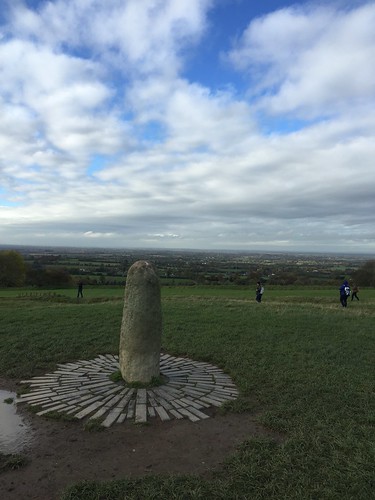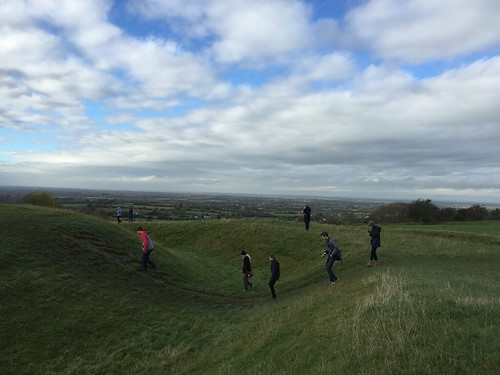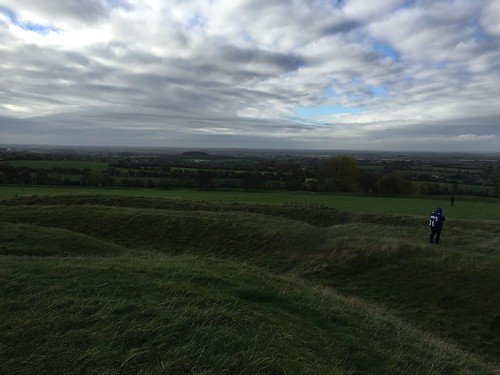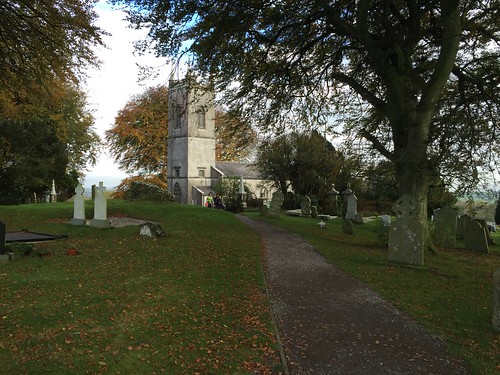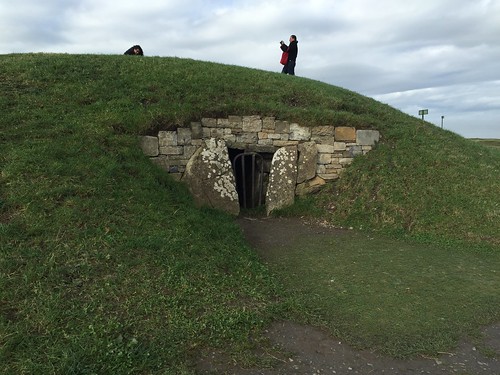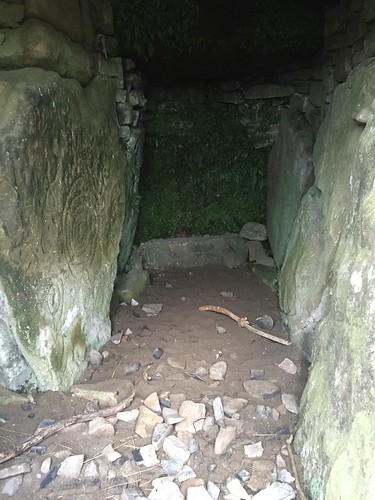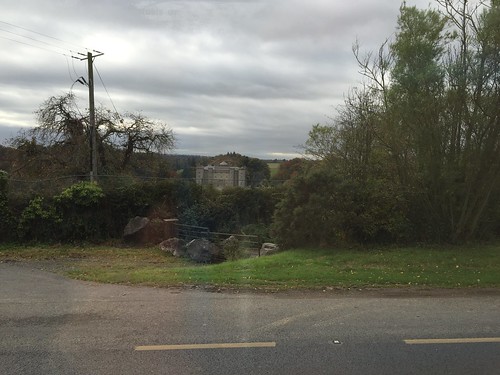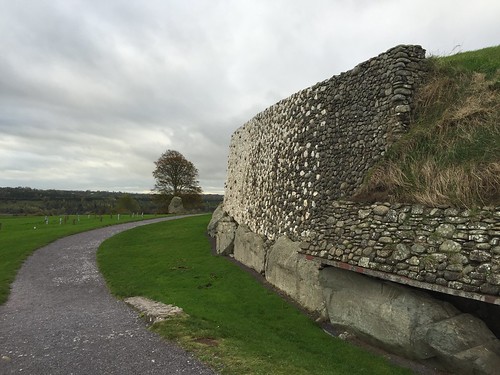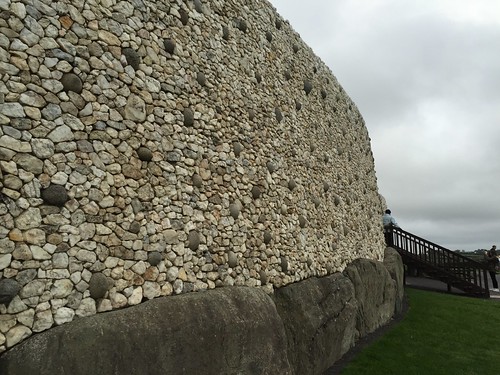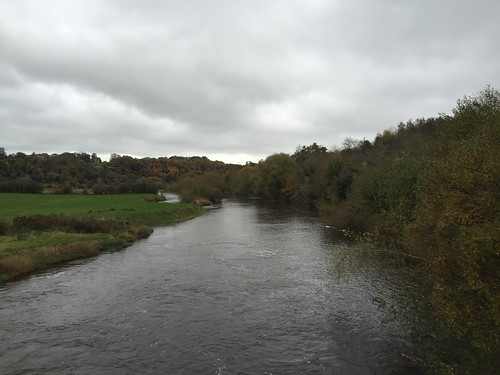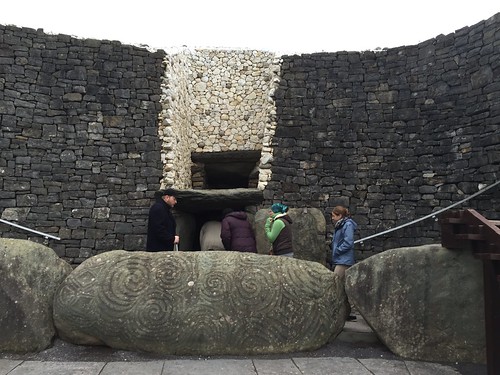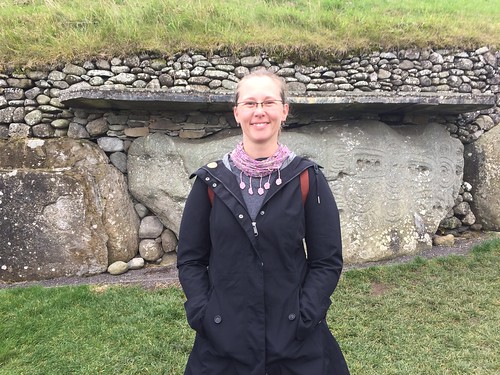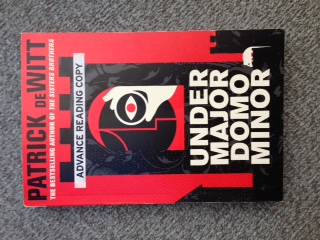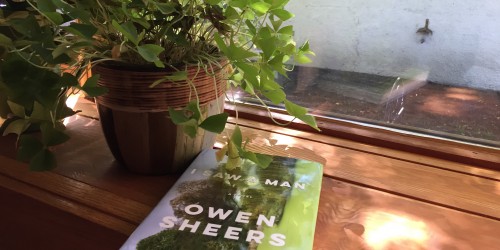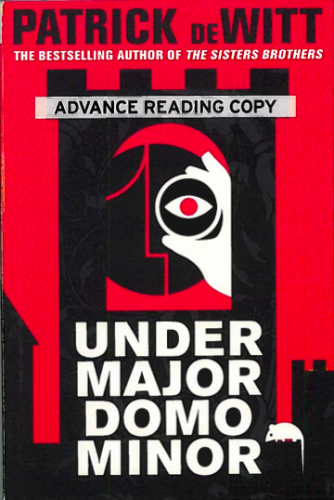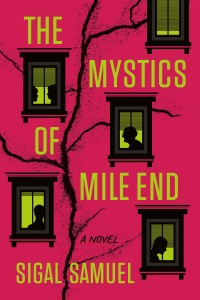On Friday, Oct 30 I did a tour of Newgrange and the Hill of Tara. My guide was Mary Gibbons who regularly runs these tours, and her brother is well-known archaeologist Michael Gibbons. If you’re a fan of archaeology, history, historical geography, folklore or just want an easy way to explore Ireland, then I recommend this tour. My pick-up time was 9:50 am from Stephen’s Green and drop-off was 4:30 pm, all for 35 euro.
On the way to the Hill of Tara, Mary regaled us with stories of Irish politicians, royalty and landowners. It was 8,000 years of history packed into a 45 min bus ride. The wide-sweeping tales from the Stone Age, through the Bronze Age and right up to modern times provided a foundation for better understanding the significance of Tara and Newgrange.
Our first stop was the Hill of Tara, which is basically some mounds of earth in a field, but do not dismiss them.
The access to this area is open, aside from a few small gates, and you can stand on the top of the site just like the ancient royals would have. The High Kings of Ireland, some 142 of them, were crowned here and you can stand at the coronation stone looking out at 23 of Ireland’s 32 counties. It is spectacular, especially on a gorgeous fall day.
The coronation stone called The Lia Fail or Stone of Destiny is where the Kings held their great coronation feasts and were approved by Earth Mother Goddess Maeve. The idea was that the King fathered the land and crops, animals and children. If something was wrong, they’d sacrifice an animal, if that didn’t work then a human, and if all else failed then they sacrificed the king.
Tara is a little over 500 ft in height, and you do get a good view of the land (and whoever might be on the attack). Standing on top is as fascinating as walking in and out of the ditches that circle each mound. The circular ditches predate Christ, in case you were wondering. What is hard to see from the photos is the undulating ground. These ditches were to keep the good spirits in and the bad out. Silly humans crossing back and forth.
You enter the Hill of Tara site and pass by a statue of St Patrick, a church and graveyard. The site is 100 acres, and it’s a beautiful landscape right in the heart of the Boyne Valley in County Meath. This county is lovely all around but Tara especially feels like a special place. It’s one of the largest complexes of Celtic monuments in all of Europe and the first settlers were here 6,000 years ago.
After you pass the church, you enter the field and see the Mound of the Hostages, where the remains of a prince were found (not of the same royals who ruled here, hence the belief that he was a hostage), then there are two royal mounds: the Kings Seat with the coronation stone and King Cormac’s House. Inside the Mound of Hostages are some of the Stone Age artwork that you see replicated in all the souvenir shops.
Back on the bus to Newgrange, we passed by Slane Castle, which is privately owned. The Georgian building is spectacular and our view from the road, I’m sure, pales in comparison to entering the property properly. I could almost hear the Downton Abbey theme song playing. The site is used for concerts as a way to maintain it. Foo Fighters played last month and 90,000 descended on the tiny village with 2 pubs, 2 restaurants and 2 churches.
On to Newgrange and the Stone Age passage tomb. Newgrange is the best known, but Knowth and Dowth, also make up the UNESCO world heritage site.
The passage tombs were constructed during the Stone Age, and the amazing thing about Newgrange is that it was used and then abandoned. It’s more than 5,000 years old, which is 1,000 years older than the pyramids at Giza. And it probably took 100 years to build. (Or maybe 20 years with 300 people, the reports vary.) Since it wasn’t used in the Bronze or Iron Age, it is a relatively pristine example of Stone Age architecture. It’s amazing that the structure is standing.
They have reconstructed the outside of the mound to show how the stone work would have held up one of the walls, but inside you are looking at the handy work of our ancestors from 5,000 years ago. It’s amazing. The layers of huge flat stones that circle upwards and inwards at the perfect angle and then the keystone on top holding the dome together. Wow.
The front of the tomb is covered in quartz that would have come from the Wicklow mountains. The archeologist who was our guide says that when the sun hits the tomb, the quartz glows. And in gaelic the word for quartz “grianchloch” means “stone of the sun”.
There are also 97 kerbstones and the one at the entrance is decorated with spirals. Plus there is one aligned at the back of the mound that is decorated.
Granite egg-shaped stones also dot the outside finishing, and may be from Newry or Mourne. Basically the 3 types of stone came from different sites in Ireland so these people worked hard to choose those particular materials.
Inside the mound a crucifix-shaped tunnel that was built on an incline. You’re 2 meters higher inside at the furthest point than you are at the entrance. The passage is only 19 metres long, which means it tunnels into the mound about a third of the way. The exact angle is how the winter solstice sunrise is able to perfect hit the opening of the roofbox and illuminate the passage all the way to the back.
This phenomenal architectural feat can be experienced only once a year, and there a lottery so 50 mortals are able to experience it each year.
At two minutes before 9 am on the morning of the winter solstice light enters the main chamber for 17 minutes. The alignment is precise and shows knowledge of the solar calendar. Dowth and Knowth are aligned for the setting sun of the winter solstice and equinox (possibly).
Let’s review. The passage tomb was constructed during the Stone Age, making it more than 5,000 years old, which is 1,000 years older than the pyramids. The inside is a perfect 10 C all year round.
The passage tomb was discovered in 1699 by workers who were removing the stone for road building materials. But the major excavation work didn’t begin until 1962. So there were 200 years or so of tomb raiding. You can see graffiti on the walls from 1817. Regardless, what’s left is amazing.
Newgrange attracts 200,000 visitors a year and you cross the River Boyne using a foot bridge and then board shuttle buses at a scheduled time so that you enter the tomb in groups of 24 only.
The tri-spiral Megalithic symbol is a recognized Celtic design, but the Celts weren’t in Ireland for another 2500 years so it’s certainly Stone Age.
Some archaeologists think the drawings are a history of the Boyne Valley, or maybe a map. It’s abstract art so it’s anyone’s guess. There are chevron shapes that look like pine trees or maybe water. There are jester patterns and spirals. Potted marks and holes. Each of the three chambers held huge stone basins. There’s only one left and it looks like it’s worn smooth and soft to touch. But there is NO touching, no photography, no recordings, no no no. It’s should be the U-NO-SCO site. But I understand the wear and tear on the place and the need to conserve it and tread lightly.
There are 40 sites in the Boyne Valley. Each celebrating something. For Newgrange, it’s rebirth in the afterlife and the dawning of a new year. It was a time when the thin veil between the living and the dead lifted. I can only imagine those Stone Age farmers waiting in the dark for that shaft of light to stream through.
They do a re-enactment so you can get a sense of it but I know the light is going to go on. If you’re a Stone Age farmer on a cloudy day, what are your hopes? What does the absence of light mean for the year ahead?
It seemed like Halloween was the perfect time to visit some tombs.
Decorated kerbstones at the back of Newgrange

